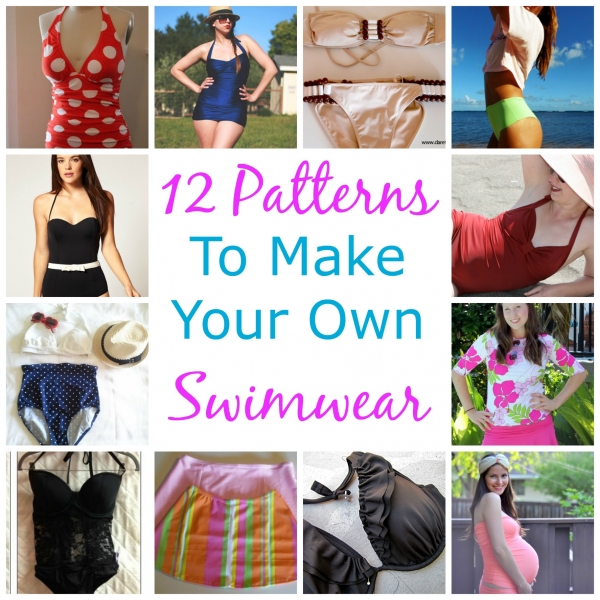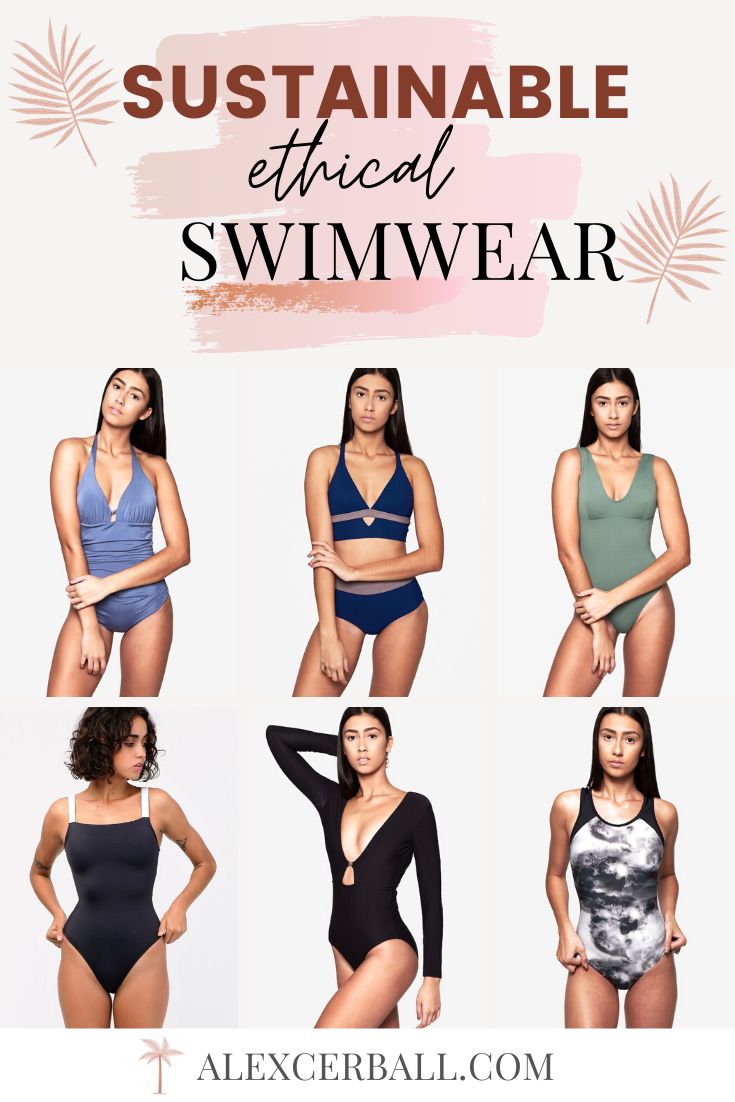Content Menu
● Understanding Swimwear Design
>> Design Process
● Understanding OEM Swimwear Manufacturing
● Material Selection
>> Sustainable Options
● The Swimwear Manufacturing Process: Step-by-Step
>> 1. Market Research and Concept Development
>> 2. Design and Development
>> 3. Material Sourcing and Testing
>> 4. Pattern Making and Sampling
>> 5. Production Planning
>> 6. Cutting and Sewing
>> 7. Assembly and Quality Assurance
>> 8. Finishing and Final Inspection
>> 9. Packaging and Shipping
● The Role of Technology and Skilled Labor
● Quality Control in Swimwear Manufacturing
● Customization and Flexibility
● Benefits of Partnering with a Chinese OEM Swimwear Factory
● Challenges and Solutions in Swimwear Manufacturing
● The Future of Swimwear Manufacturing
● Frequently Asked Questions (FAQs) About How to Manufacture Swimwear
>> 1. What is the role of an OEM swimwear manufacturer?
>> 2. How long does it take to manufacture swimwear?
>> 3. What materials are best for swimwear?
>> 4. How do you ensure quality in swimwear manufacturing?
>> 5. Can OEM manufacturers help with design and customization?
● Citations:
How to Manufacture Swimwear: A Comprehensive Guide for OEM Swimwear Factories and Brands
Swimwear manufacturing is a meticulous and multi-step process, especially when providing OEM (Original Equipment Manufacturing) services to international brands, wholesalers, and manufacturers. This guide, centered around the keyword "how to manufacture swimwear", will walk you through every stage of swimwear production, from design to shipping, highlighting best practices, technical considerations, and the value of OEM partnerships.

Understanding Swimwear Design
The first step in the swimwear manufacturing process is understanding the design. Swimwear design is not just about aesthetics; it also involves functionality and comfort. Designers must consider various factors, including:
- Target Audience: Who will wear the swimwear? Understanding your audience helps in creating designs that appeal to them.
- Style and Trends: Keeping up with current fashion trends is crucial. Research popular styles, colors, and patterns that resonate with consumers.
- Technical Specifications: This includes creating detailed technical packs that outline the design, materials, and construction methods.
Design Process
The design process typically involves sketching ideas, creating digital patterns, and developing prototypes. Designers often use software like Adobe Illustrator to create detailed designs that can be easily modified.

Understanding OEM Swimwear Manufacturing
OEM swimwear manufacturing involves producing swimsuits based on client specifications and designs. As a trusted OEM swimwear factory in China, your role is to transform a brand's vision into high-quality, market-ready products[2][4]. The keyword "how to manufacture swimwear" is central to this process, as it encompasses everything from material sourcing to quality control.
Material Selection
Choosing the right materials is critical in swimwear manufacturing. The fabric must be durable, stretchy, and resistant to chlorine and saltwater. Common materials used in swimwear include:
- Nylon: Known for its strength and elasticity.
- Polyester: Offers excellent color retention and durability.
- Spandex/Lycra: Provides stretch and comfort.
Sustainable Options
With the growing demand for eco-friendly products, many manufacturers are now exploring sustainable materials, such as recycled polyester and organic cotton. These materials not only reduce environmental impact but also appeal to eco-conscious consumers.

The Swimwear Manufacturing Process: Step-by-Step
1. Market Research and Concept Development
Before diving into how to manufacture swimwear, it's essential to understand market trends and client needs. OEM manufacturers often conduct competitive market analysis and review previous sales data to inform design decisions[2][3]. This collaborative approach ensures the final product aligns with the brand's identity and appeals to its target audience.
2. Design and Development
The design phase is where the keyword "how to manufacture swimwear" begins to take shape. Designers and clients collaborate to create sketches and technical specifications using advanced software. At this stage, considerations include style, color, print placement, and special features such as UV protection or chlorine resistance[2][7].
3. Material Sourcing and Testing
Material selection is critical in swimwear manufacturing. Fabrics must be durable, comfortable, and resistant to chlorine, saltwater, and UV rays. Technical teams test fabric samples for stretch, recovery, colorfastness, and opacity when wet. Custom colors and prints are developed through lab dips and strike-offs, ensuring the final product meets both aesthetic and performance standards[7].
4. Pattern Making and Sampling
Once materials are finalized, patterns are created for each style. Sampling is an iterative process—initial samples are made, fit-tested, and refined based on client feedback. Fit sessions with models help identify and resolve any issues before moving to production[3][6].
5. Production Planning
Effective production planning is crucial in how to manufacture swimwear efficiently. This involves setting timelines, sourcing all necessary materials, and scheduling production runs. OEM swimwear manufacturers leverage established supplier relationships to ensure timely delivery of high-quality materials[2][5].
6. Cutting and Sewing
The keyword "how to manufacture swimwear" is most visible in the cutting and sewing stages. Skilled workers cut fabric with precision, paying special attention to stretchy materials. Sewing requires specialized techniques to avoid distortion and maintain the garment's shape. High-quality rubber elastics are used to withstand chlorine and saltwater, ensuring longevity[6].
7. Assembly and Quality Assurance
Assembly is a meticulous process where components are sewn together, and any hardware or embellishments are added. Quality assurance checks are conducted throughout production to ensure each piece meets client and industry standards. Mid-production inspections catch potential defects early, minimizing waste and rework[2][7].
8. Finishing and Final Inspection
The finishing stage involves trimming excess threads, pressing or steaming garments, and adding final embellishments. A final inspection ensures every swimsuit is perfect before packaging. Approved products are sorted by style, color, and size, ready for shipping[7].
9. Packaging and Shipping
Custom packaging, including branded labels, hang tags, and bags, is prepared according to client requirements. Swimwear is then packed and shipped via ocean or air freight, depending on urgency and destination[4][5].

The Role of Technology and Skilled Labor
Understanding how to manufacture swimwear also means recognizing the importance of technology and skilled labor. Advanced design software, automated cutting machines, and specialized sewing equipment streamline production and improve accuracy. Skilled workers ensure that each garment meets the highest quality standards, making OEM swimwear factories valuable partners for international brands[2][6].
Quality Control in Swimwear Manufacturing
Quality control is integral to how to manufacture swimwear. OEM manufacturers implement rigorous inspection protocols at every stage—material testing, in-process checks, and final product reviews. This ensures that every swimsuit delivered meets both client specifications and industry benchmarks[2][7].
Customization and Flexibility
OEM swimwear factories offer extensive customization options, from design and pattern to packaging and branding. This flexibility allows brands to create unique products that stand out in the market. Whether it's custom prints, specialized hardware, or eco-friendly materials, OEM partners can accommodate a wide range of requests[4][5].
Benefits of Partnering with a Chinese OEM Swimwear Factory
- Cost-Effectiveness: Competitive pricing due to large-scale production and established supply chains.
- High-Quality Materials: Access to premium fabrics and components.
- Expertise and Experience: Skilled workforce with years of experience in swimwear manufacturing.
- Scalability: Ability to handle both small and large orders efficiently.
- Reliable Logistics: Established shipping networks to global markets[1][5].
Challenges and Solutions in Swimwear Manufacturing
Challenge: Managing long-distance relationships with overseas clients can lead to miscommunication and delays.
Solution: Clear communication, detailed documentation, and regular updates help bridge the gap. Some factories offer on-site support teams to ensure smooth collaboration[1].
Challenge: Ensuring consistent quality across large production runs.
Solution: Implementing strict quality control measures and regular training for staff[2][7].
The Future of Swimwear Manufacturing
The swimwear industry is evolving, with increasing demand for sustainable materials, innovative designs, and fast turnaround times. OEM swimwear factories that adapt to these trends will remain competitive and continue to attract international clients[2][7].
Frequently Asked Questions (FAQs) About How to Manufacture Swimwear
1. What is the role of an OEM swimwear manufacturer?
An OEM swimwear manufacturer produces swimsuits according to a client's designs and specifications, handling everything from material sourcing to final packaging and shipping[2][4].
2. How long does it take to manufacture swimwear?
The timeline varies depending on design complexity, material availability, and order size. Typically, the process takes several weeks to a few months from initial consultation to delivery[2][5].
3. What materials are best for swimwear?
High-quality, chlorine-resistant fabrics with good stretch and recovery are ideal. Rubber elastics and UV-protective materials are also commonly used[6][7].
4. How do you ensure quality in swimwear manufacturing?
Quality is ensured through rigorous material testing, in-process inspections, and final product checks. Skilled labor and advanced technology also play a key role[2][7].
5. Can OEM manufacturers help with design and customization?
Yes, many OEM swimwear manufacturers offer design development services and can accommodate custom prints, patterns, and packaging[2][4].
Citations:
[1] https://deepwear.info/blog/swimwear-manufacturing/
[2] https://www.abelyfashion.com/how-does-the-oem-swimwear-production-process-work.html
[3] https://www.ashleymcpherson.com/s/The-Ultimate-Swimwear-Production-Checklist_-180-Steps-from-Concept-to-Consumer.pdf
[4] https://globaltradeplaza.com/product/oem-odm-swimwear-manufacture-custom-bikini
[5] https://www.activewearproductions.com/swim-wear-manufacturer/
[6] https://brydenapparel.com/your-complete-guide-to-swimwear-manufacturing/
[7] https://www.ashleymcpherson.com/blog/the-complete-180-step-swimwear-manufacturing-process-from-a-global-sourcing-expert
[8] https://shopvirtueandvice.com/blogs/news/swimwear-manufacturing
[9] https://www.theswimwearstartup.com/shop/p/the-manufacturing-manual
[10] https://brydenapparel.com/complete-guide-to-swimwear-trunks-manufacturing/



































































